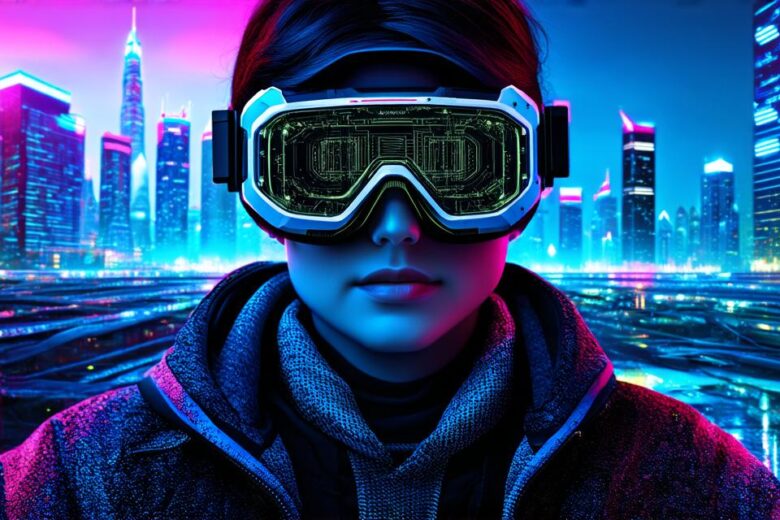Augmented reality (AR) is a technology that overlays digital information onto the real world, allowing users to interact with virtual objects in their physical environment.
Data Collection and Analysis
AR applications rely on a variety of data sources to provide users with relevant and accurate information. This data may come from internal sensors within the device or external sources such as GPS, Wi-Fi, or cameras. The collected data is then analyzed to determine the user’s location, orientation, and other relevant factors in order to accurately position virtual objects in the real world.

Data Visualization
Once the data has been collected and analyzed, AR applications use it to create a visual representation of the virtual objects and their positions within the real world. This can include 3D models, animations, and other types of interactive content that are overlaid onto the user’s view of their physical environment.
Data Integration
AR applications often integrate with other data sources to provide users with a more complete picture of their surroundings. For example, an AR application may use weather data to create virtual rain or snow effects on the ground, or it may use social media data to display real-time information about nearby events or attractions.
Data Feedback and Control
AR applications also provide users with the ability to interact with their environment through gestures and other forms of input. This allows them to control the virtual objects they see in their world, providing a level of engagement and immersion that is not possible with traditional media.
Conclusion
In conclusion, augmented reality utilizes data in a variety of ways to create an immersive and interactive experience for users. By collecting and analyzing data about the user’s physical environment, AR applications can accurately position virtual objects within the real world and provide users with a more complete picture of their surroundings. This technology has the potential to revolutionize the way we interact with information and our world, and its use is only limited by our imagination.
